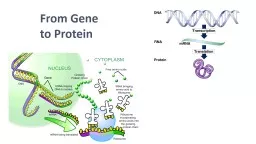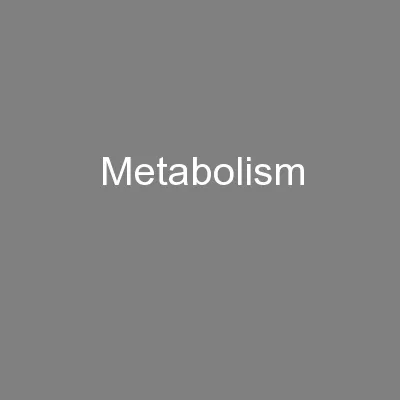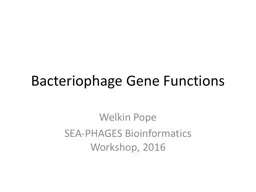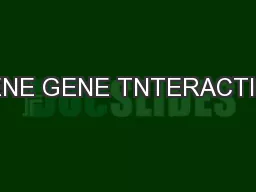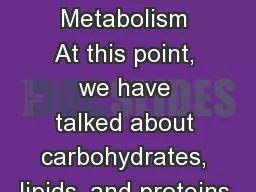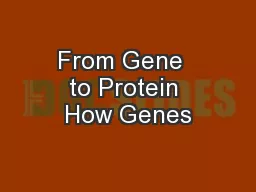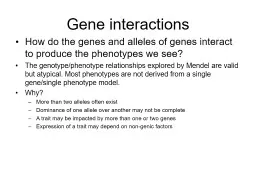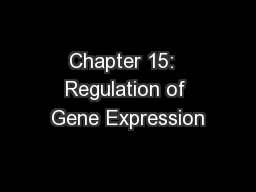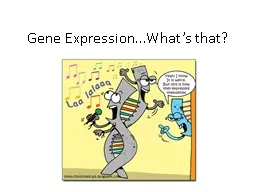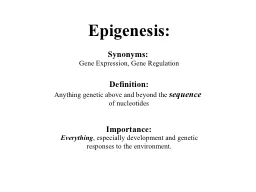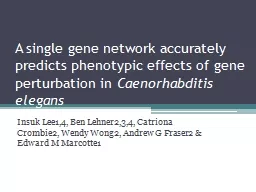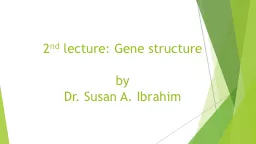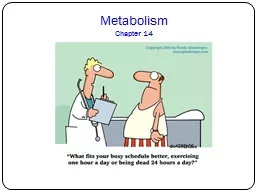PPT-From Gene to Protein Metabolism teaches us about genes
Author : ava | Published Date : 2022-02-24
Metabolic defects studying metabolic diseases suggested that genes specified proteins alkaptonuria black urine from alkapton PKU phenylketonuria each disease is
Presentation Embed Code
Download Presentation
Download Presentation The PPT/PDF document "From Gene to Protein Metabolism teaches..." is the property of its rightful owner. Permission is granted to download and print the materials on this website for personal, non-commercial use only, and to display it on your personal computer provided you do not modify the materials and that you retain all copyright notices contained in the materials. By downloading content from our website, you accept the terms of this agreement.
From Gene to Protein Metabolism teaches us about genes: Transcript
Download Rules Of Document
"From Gene to Protein Metabolism teaches us about genes"The content belongs to its owner. You may download and print it for personal use, without modification, and keep all copyright notices. By downloading, you agree to these terms.
Related Documents

